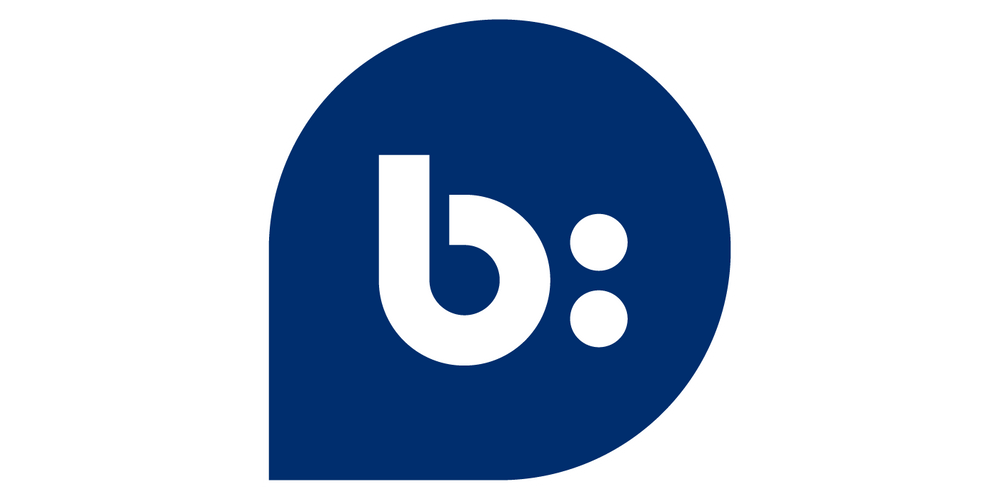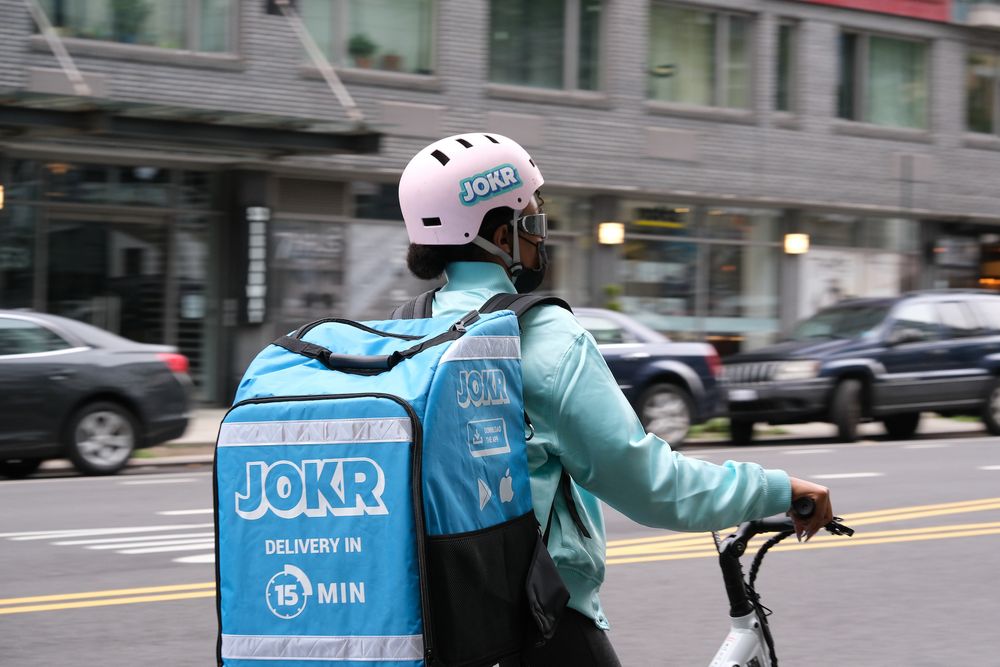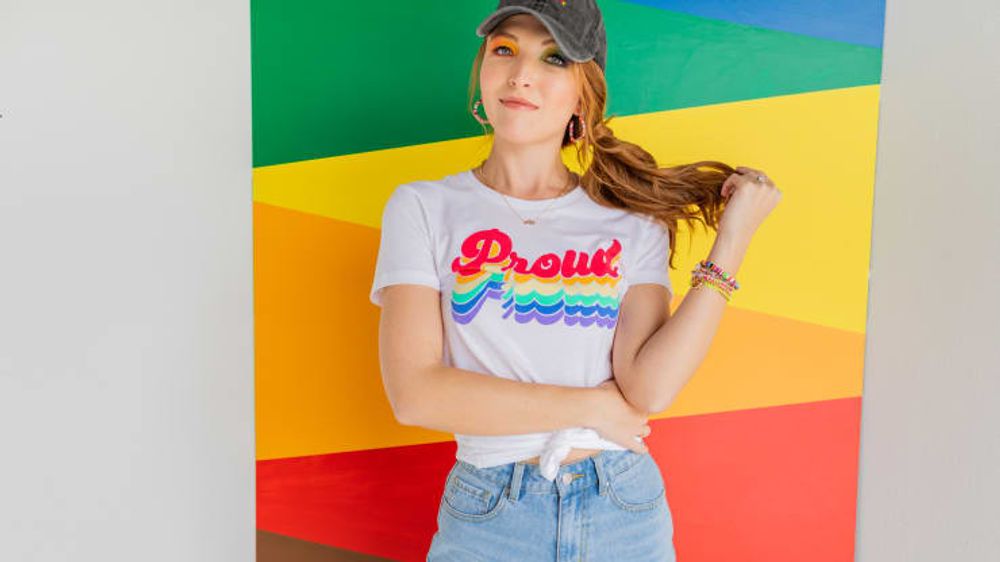|
Hello, hello. We’re sure you’re ready for the long weekend. We are, too, so catch us back in your inbox on Wednesday after packing away your beach umbrellas and white shorts.
In today’s edition:
- Jokr’s rapid grocery delivery is serious business
- Back-to-school marketing goes digital...
- ...and a recap
—Katishi Maake, Julia Gray
|
|
|
Jokr
|
Same-day delivery has become a must-have for most major retailers over the last few years, but 24 hours doesn’t cut it anymore. Fifteen-minute grocery-delivery services—see: Fridge No More, Gorillas, Jokr, and 1520—hit American cities seemingly all at once, with branded bikes and fulfillment centers popping up left and right.
“It’s really low capital to start these companies, so when the first one opened in Europe...there were many copycats, to the point where now it’s actually a fairly big business,” said Brittain Ladd, chief supply chain and marketing officer for tech solutions provider KPI.
- Grocery delivery companies worldwide have raised $8.9 billion so far this year, per data provided by PitchBook.
Jokr, which closed on a $170 million Series A this summer, is one of the new players in this growing space. Founded in March, the startup has expanded from Europe almost as quickly as it delivers: It counts 100 hubs worldwide, across seven countries; 10 alone are in the New York metro area.
Think local
The startup chooses hub locations based on population density (the higher the better) as well as consumption trends, according to Tyler Trerotola, who helps lead Jokr’s US operation: “Where is the best area that is going to drive the highest basket size?”
- Jokr’s delivery range spans about a mile from each hub.
From there, Jokr gets even more local. The company tailors each hub’s product selection to the neighborhood, counting on this hyper-specific approach to set it apart. “One of the ways we’re going to differentiate is at the neighborhood level. We’re looking at the data every day, seeing what’s being bought,” Trerotola continued. “What do the customers care about? Who is the target in that neighborhood? Williamsburg is a different customer than Union Square.”
A young family is going to order different kinds of groceries than, say, a finance bro. Jokr might stock baby products in LIC and pong balls in LES.
- Brittain Ladd said it’s a smart tactic: “That helps [Jokr] make really more informed decisions on what products to store or to purchase and what to have available.”
For example, last month, when Jokr noticed more app sessions in the AM hours, the team added fresh bagels to its assortment. It also found users searching for challah bread on Thursdays and Fridays, so Jokr signed a local partnership with Breads Bakery to get fresh challah every day.
So, what’s it like inside one of these hubs? We recently stepped inside Jokr’s Williamsburg mini warehouse to see what goes down behind the scenes.
Click here to read more about how the sausage gets delivered, and why all retailers should be prepared for 15-minute delivery.—JG
|
|
|
|
Bazaarvoice’s Brand Accelerator is happening on Wednesday, October 20, from 10am to 12pm CST. You’re gonna wanna save those deets, because very smart people will be discussing how to accelerate growth now and into the future.
Industry-leading brands, a technology futurist, and Bazaarvoice’s own CEO and Head of Product Marketing will take (virtual) center stage, laying out why good strategy is your ticket to unlocking digital transformation.
Speaking of, what’s "digital transformation” anyway? It doesn’t just mean integrating UGC into your retail page. What’s innovative is tapping into the synergy of a seamless and holistic UGC program—from collection, to display, to insights helping you excite shoppers and retailers.
Digital transformation won’t be the only thing up for discussion. All the smartypantses will be delving into the influencer economy and many other potential growth areas for brands, too.
Don’t miss out: Register for Brand Accelerator here.
|
|
|
Francesca's
|
Back to school is one of the most important times of the year for many retailers. And with some students ready to actually *go* back to school this year, companies saw the opportunity to capitalize.
Teenage dream: Apparel brand Francesca’s, for example, used all the digital tools at its disposal to get in front of shoppers—from social to email to search, CEO Andrew Clarke told Retail Brew.
- This year, Francesca’s added TikTok, YouTube, and Pinterest as new channels to diversify messaging across social platforms.
- Marketing spend returned to pre-pandemic levels after falling last autumn, he added.
“We’re always monitoring where our customers are engaging and developing our marketing strategy and media plan to ensure we’re showing up in the channels she prefers,” Clarke said.
Timed right: Back to school is Francesca’s second-largest revenue driver, behind the holidays, according to Clarke (although he did not provide specific numbers), and a chance for the company to “sample new product and promotional ideas.”
“For example, last year we tested loungewear, and it sold out in three weeks. And we went on to build this into a brand-new category for Francesca’s,” Clarke said.
-
Earlier this year, the company introduced a tween line called Franki, which was a large focus of this year’s back-to-school season.
“Our customer did not have a back-to-school last year, and she didn’t really buy clothes throughout fall, especially for activities outside her own home so now she wants to and needs to change up her closet,” Clarke said.
- Francesca’s sales this back-to-school season were roughly 20% higher than a typical week.
Stay connected
Connected commerce—the idea that customers don’t think of buying in channels, whether it’s social, DTC, or offline—is changing how and where brands decide to spend their ad dollars, Josh Dreller, director of content marketing at Skai, told Retail Brew.
“The companies that are the most successful are the ones that are pretty much de-siloing all these channels,” Skai said, referring to the Amazons, Targets, and Walmarts of the world. “There’s a lot of budget waste that could be going to driving people to purchase wherever they are, whenever they are.”
Digital first: General Mills heard that loud and clear this year. The CPG giant boosted its Box Tops for Education campaign—with the help of e-commerce marketing analytics firm MikMak—and added a click-to-buy option for shoppers, Stephanie Steidl, morning foods commerce manager, told Retail Brew.
-
The top converting channels among MikMak’s clients are Facebook, Instagram, and YouTube, Rachel Tipograph, founder and CEO, told Retail Brew. And conversion rates this back-to-school season were 6.4%, compared with 4.8% a year ago.—KM
|
|
|
Giphy
|
Want more on back to school? We have you covered. Last month, we wrote about how retailers and brands shaped their BTS strategies, from scouting trends on TikTok to CPG snack trends and more. In case you missed it, here’s a roundup of our stories:
|
|
|
|
Everyone does the holidays differently. Which means, you’ve gotta start preparing now for every kind of shopper you’ll see in Q4. Sailthru and Liveclicker have identified four unique customer personas—the new shopper, the loyal customer, the BOPIS beginner, and the pickup pro. Learn best practices for fine-tuning your messaging when engaging each of them, right here in Sailthru’s guide.
|
|
-
Walmart will bump its hourly wages by at least $1.
-
Burger King is rolling out a new loyalty program.
-
Jessica Simpson wants to buy her brand out of bankruptcy for $65 million.
-
American Eagle saw e-comm sales slow in Q2.
-
Vans introduced a 3D-shopping experience on Roblox.
|
|
|
Today’s top retail reads.
Solidarity: A Nabisco strike shows how the pandemic changed union bargaining. (Quartz)
Listen up: Or read the podcast’s transcript...Origin Materials, a California startup, shares a plan to improve materials companies from the inside. (McKinsey)
Bleak Friday: Holiday supply-chain issues have already begun, and they’re not going anywhere. (Vox)
|
|
|
Catch up on the Retail Brew stories you may have missed.
|
|
|
Three of the stories below are real...and one is most definitely not. Can you spot the fake?
-
The Federal Trade Commission is apparently investigating the broken McFlurry machines at McDonald’s.
-
A fake Banksy NFT sold for more than $300,000—and the buyer got his money back.
-
Google searches for “pumpkin spice” increased 200x on September 1.
-
Scientists in Japan found a way to 3D-print wagyu beef.
Keep reading for the answer.
|
|
|
Enjoying Retail Brew? Share it with your coworkers to 1) impress them with your industry knowledge and 2) earn some free swag.
We've made it as easy as possbile:
click here to send a quick email about Retail Brew with your unique referral link.

Hit the button below to learn more and access your rewards hub.
Click to ShareOr copy & paste your referral link to others:
morningbrew.com/retail/r/?kid=303a04a9
|
|
|
Although it is pumpkin spice season, people have been hyped since August.
|
|
|
Written by
Glenda Toma, Julia Gray, and Katishi Maake
Was this email forwarded to you? Sign up here.
|
ADVERTISE // CAREERS // SHOP // FAQ
Update your email preferences or unsubscribe here.
View our privacy policy here.
Copyright © 2021 Morning Brew. All rights reserved.
22 W 19th St, 8th Floor, New York, NY 10011
|
|









